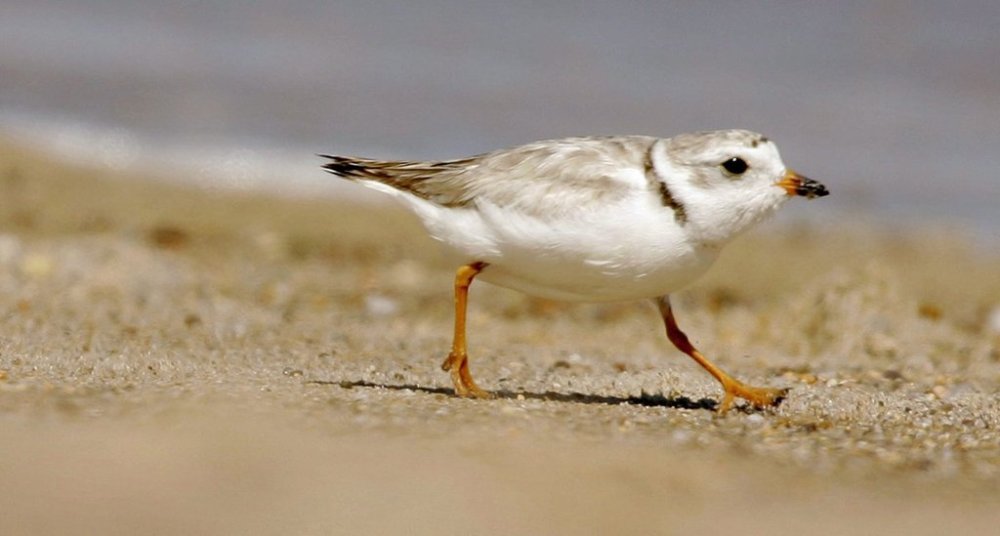Wildlife report suggests 23 species have disappeared from P.E.I.
Advertisement
Read this article for free:
or
Already have an account? Log in here »
To continue reading, please subscribe:
Monthly Digital Subscription
$1 per week for 24 weeks*
- Enjoy unlimited reading on winnipegfreepress.com
- Read the E-Edition, our digital replica newspaper
- Access News Break, our award-winning app
- Play interactive puzzles
*Billed as $4.00 plus GST every four weeks. After 24 weeks, price increases to the regular rate of $19.00 plus GST every four weeks. Offer available to new and qualified returning subscribers only. Cancel any time.
Monthly Digital Subscription
$4.75/week*
- Enjoy unlimited reading on winnipegfreepress.com
- Read the E-Edition, our digital replica newspaper
- Access News Break, our award-winning app
- Play interactive puzzles
*Billed as $19 plus GST every four weeks. Cancel any time.
To continue reading, please subscribe:
Add Winnipeg Free Press access to your Brandon Sun subscription for only
$1 for the first 4 weeks*
*$1 will be added to your next bill. After your 4 weeks access is complete your rate will increase by $0.00 a X percent off the regular rate.
Read unlimited articles for free today:
or
Already have an account? Log in here »
CHARLOTTETOWN – A new wildlife report shows 23 species have possibly disappeared from Prince Edward Island, though they may still exist elsewhere.
The province’s 2020 State of Wildlife report says there is little if anything that can be done to change their status, particularly for species such as lynx and woodland caribou.
A total of 5,641 species were assessed for the report, which is produced once every decade.

About 40 per cent of the species were ranked of higher concern, meaning they require more attention.
The species that were of higher concern, include plants such as nodding ladies’-tresses and large purple fringed orchid, moths, bees and butterflies such as the gypsy cuckoo bumble bee and monarch butterfly, and birds such as the piping plover and short-eared owl.
The report also says officials lack the knowledge to assess the status of nearly 50 per cent of the species in the province.
“In the 1700s, P.E.I.’s landscape consisted almost entirely of forests, wetlands, and sand dunes. By 1900, only 30 per cent of the original forest remained and many wetlands had been converted or altered for agriculture,” the report said. “The current P.E.I. landscape is vastly different now than from the past, with an obvious effect on the capacity of the landscape to support native species and biodiversity across the Island.”
The Canada jay, a species found extensively in mature softwood trees, was also listed as one of concern because it is restricted to patches of eastern Queens and Kings counties in the province.
This report by The Canadian Press was first published Sept. 29, 2025.

